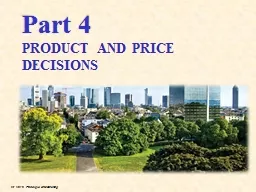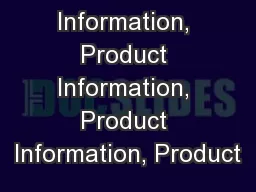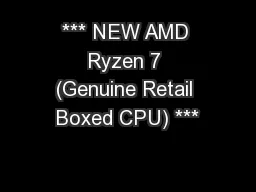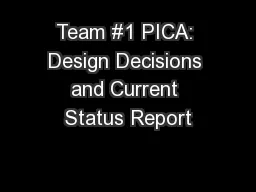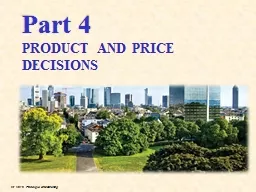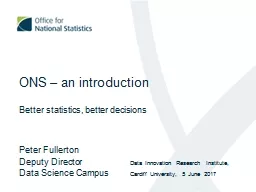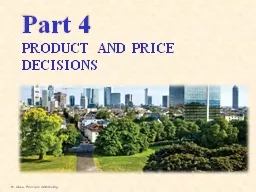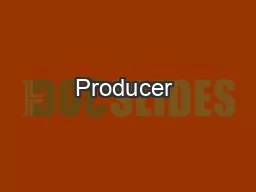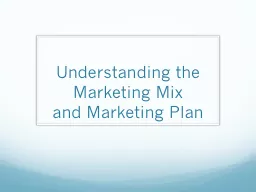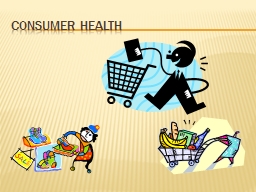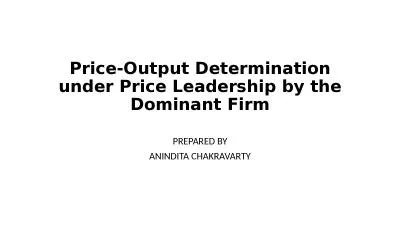PPT-Part 4 PRODUCT AND PRICE DECISIONS
Author : lois-ondreau | Published Date : 2018-09-21
10 Product Branding and Packing Concepts 11 Business Markets and Buying Behavior 12 Developing and Managing Prices 13 Marketing Channels and SupplyChain Management
Presentation Embed Code
Download Presentation
Download Presentation The PPT/PDF document "Part 4 PRODUCT AND PRICE DECISIONS" is the property of its rightful owner. Permission is granted to download and print the materials on this website for personal, non-commercial use only, and to display it on your personal computer provided you do not modify the materials and that you retain all copyright notices contained in the materials. By downloading content from our website, you accept the terms of this agreement.
Part 4 PRODUCT AND PRICE DECISIONS: Transcript
Download Rules Of Document
"Part 4 PRODUCT AND PRICE DECISIONS"The content belongs to its owner. You may download and print it for personal use, without modification, and keep all copyright notices. By downloading, you agree to these terms.
Related Documents

